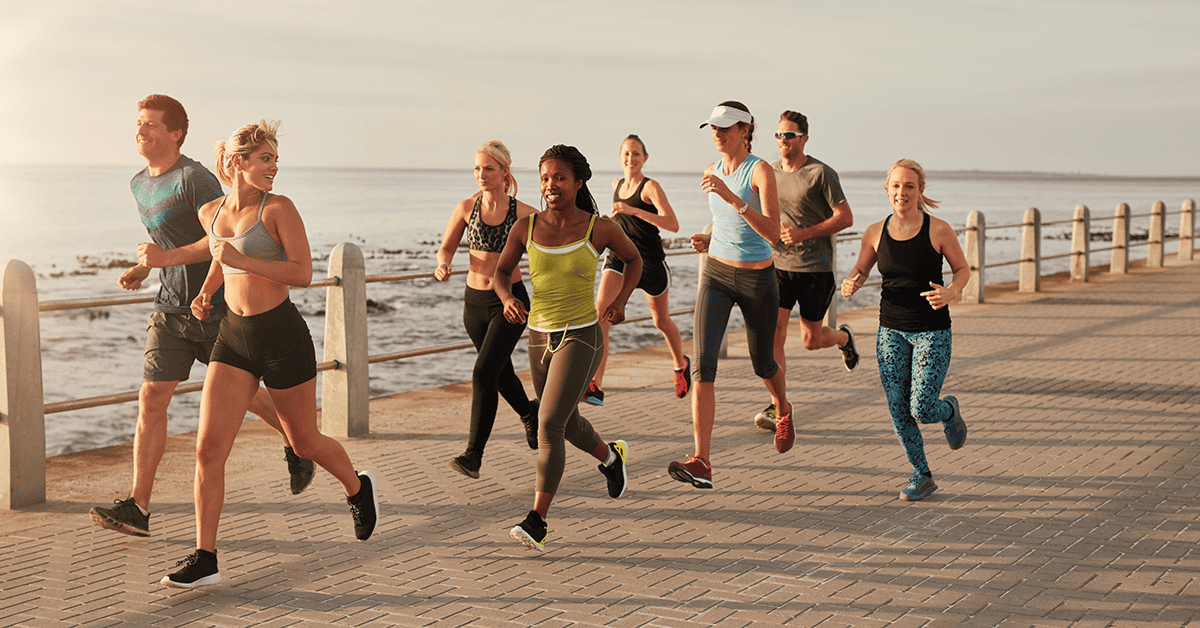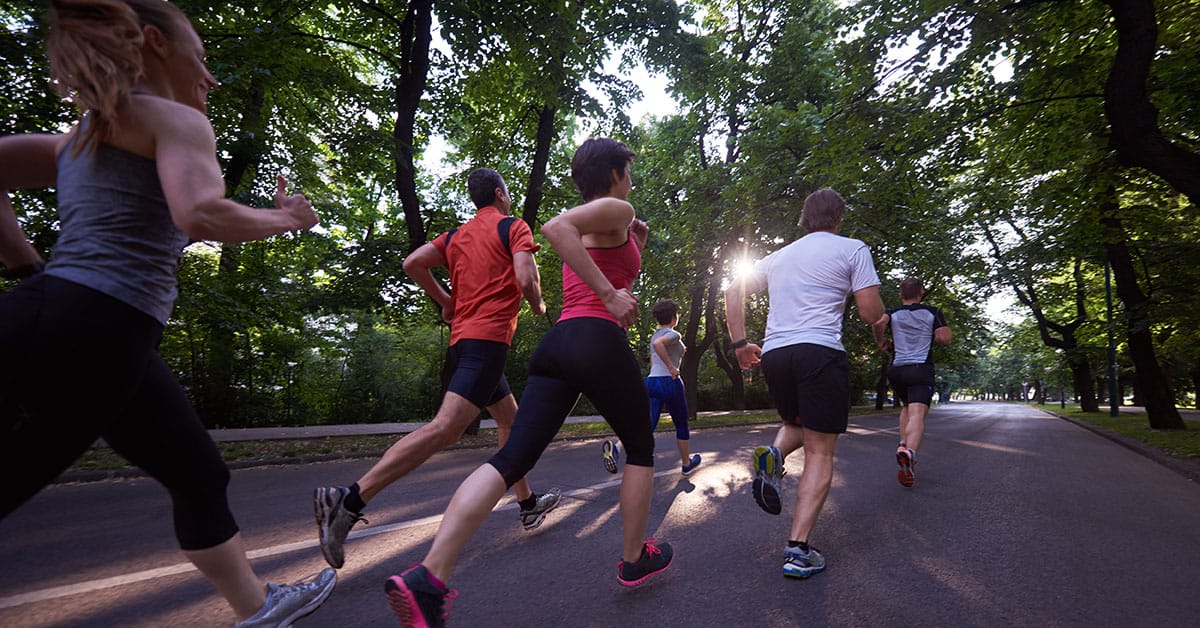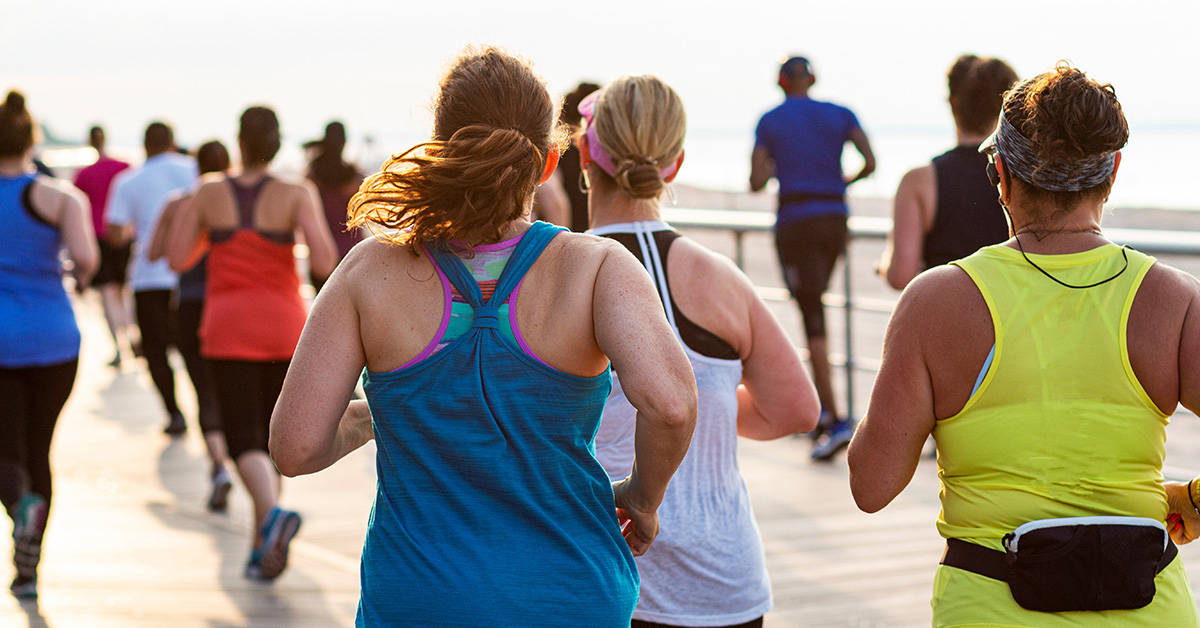Icing After Running
Icing after running is the practice of cooling the muscles in your legs and hips with ice packs or an ice bath after a run. Elite runners regularly use this method to recuperate from tough workouts and improve their rebound time. The goal of icing after running is to reduce swelling and soreness in fatigued muscles right after a high-intensity workout.
If you are developing your running endurance, you are going to have some tough workout days. You will have some days where you push your mileage, where you push your speed, and where you push every limit you have. If you never push your limits, your limits stay the same. It is only through pushing that you gain ground. Icing after running is a great way to improve your rebound time after your tougher workouts.
Before delving into this, please note: It’s really important to mix up your longer, harder workout days with some lighter, less intense days and rest days! If you go hard all the time, you run the risk of injury. Your muscles need time to recuperate after a hard workout day, and you need to give them that time.
Why ice at all?
When you ice an area on your body, you constrict the blood vessels in that area and keep more blood in your core instead of in the iced area. Icing after running will reduce the amount of swelling in your legs and hips since they won’t get as much blood flow. Reducing swelling will reduce your recovery time. Likewise, reducing swelling (combined with the numbing sensation from the ice) will reduce your pain and allow you to get back to training faster.
It is unclear whether icing your muscles after a workout will reduce your overall swelling and soreness over time or if it is just a temporary fix. Either way, there’s a distinct benefit to icing after running if you need a temporary fix with a quick rebound time. For example, runners competing in more than one race during a weekend find that icing after the first race helps them maintain their stamina in the second race. By delaying their muscle soreness and swelling, they can compete at their best ability for a longer duration.
Multiple methods can boost your recuperation time after a hard workout. Icing after running is one of the most common recovery methods. Icing your muscles after an intense workout helps many runners bounce back quickly after tough training days. However, there are some very important guidelines to follow if you would like to try icing.
Do’s of icing after running
- After you have completed your workout — including the cooldown and stretching — ice your legs and hips for 15-20 minutes. If you don’t ice long enough, you won’t give your muscles time to respond to the cold. If you ice too long, you can damage your skin and create new problems.
- Use icing to help you cool off after a long run on especially hot days. If you are training in a hot environment, it’s important to make sure you don’t overheat and develop a heat-related injury.
- Use a barrier between the ice and your skin. If you put ice directly on your skin for too long, you can damage your skin. Causing a new injury would be counterproductive to your overall goal. If you’re using ice packs, put a towel or washcloth between the pack and your skin. If you’re using an ice bath, the water in the bath serves as the barrier.
Don’ts of icing after running
- Don’t ice before your workout. Remember that icing an area shunts blood away from that area. When you are getting ready to run or train, you want to promote blood flow to your muscles. Icing before a workout can make your muscles stiff and could lead to an injury.
- Don’t use icing as an overall pain management technique. If you are experiencing severe or lingering pain after workouts, you may have an injury. If you suspect that you might have an injury, you should have a doctor check it out before you continue your training. Numbing the pain instead of addressing the injury could make the injury worse.
Keep in mind that icing after running likely won’t eliminate your soreness; it will delay it. Use this as a strategy to improve your training days and to get the most out of your competitions. As with most running improvement techniques, it’s important to find what works for you. If you try icing and you don’t find that it’s working for you, try something else. Icing after running is a great technique to keep in mind and to use when you need it.
A Training Plan that Works for You.
Our collection of running plans will help you train year-round. From 5k to a 100-mile ultramarathon, we have a training plan built for your experience level and goals. Every plan is delivered via Final Surge, allowing you to sync workouts across devices, receive daily reminders of workouts and activities, and analyze workout and target zone details. Get started today with a training plan built for you, view our running plans here.










